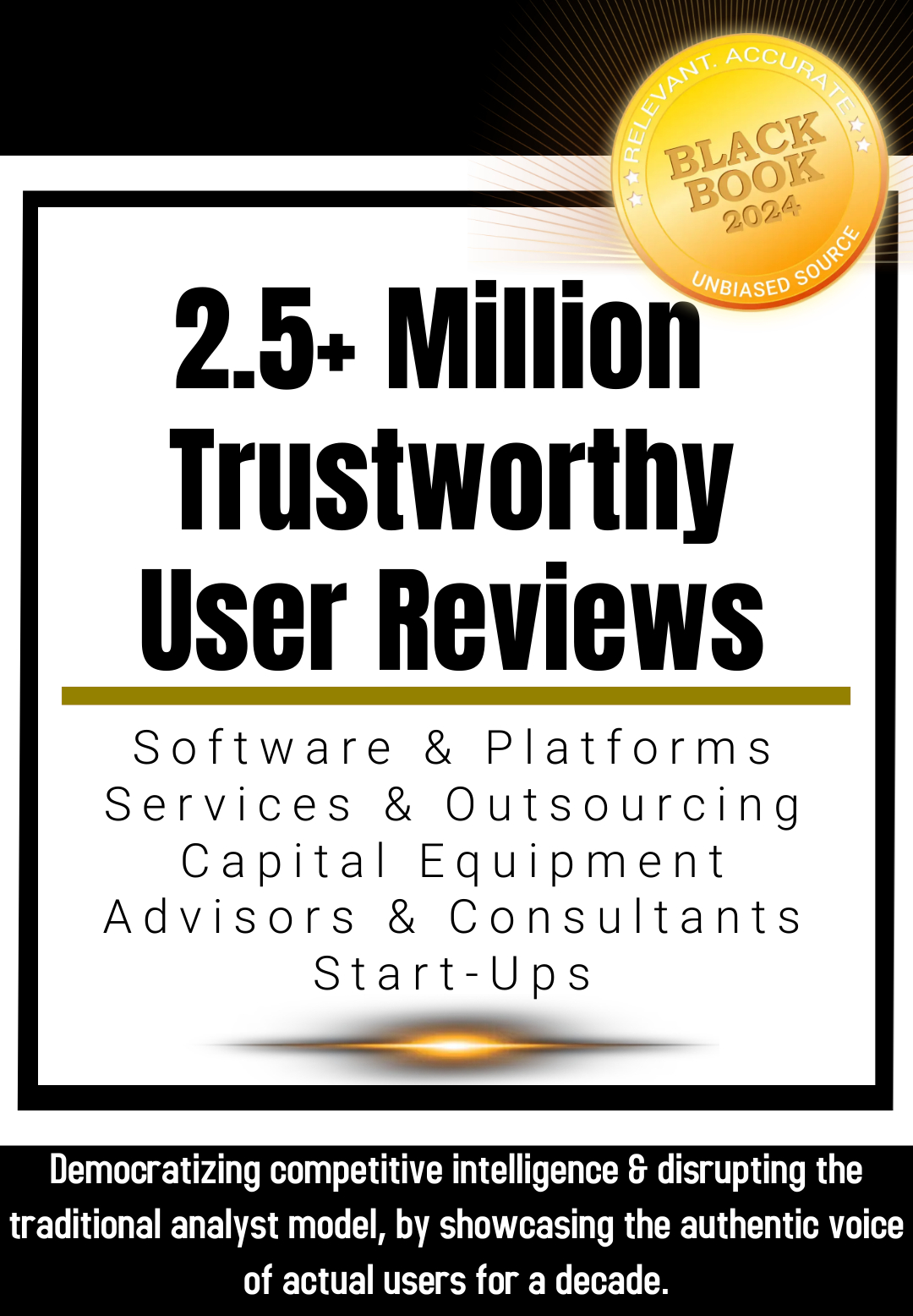
Verisma Recognized as #1 Release of Information Solution in Annual Black Book Survey, Driving Patient Satisfaction and Operational Excellence
Oct. 16, 2024 – Verisma, a leading provider of intelligent health data management solutions, has been named the top overall vendor for release of information (ROI) and audit management for the fifth consecutive year in the annual Black Book Research Release of Information Client Survey, a comprehensive polling of providers, payers and patients.
This recognition reflects Verisma’s continued leadership and commitment to empowering healthcare organizations with secure, compliant and efficient ROI solutions prioritizing operational efficiency and patient satisfaction. The 2024 survey includes feedback from 902 physician practices, 772 hospital and health system users, and 130 health plan executives – underscoring Verisma’s broad industry impact. ROI solutions play a critical role in ensuring compliance with HIPAA regulations while protecting sensitive patient data.
“Verisma’s platform facilitates the safe exchange of patient information and helps improve care coordination, allowing healthcare teams to deliver higher-quality care,” said Doug Brown, Founder of Black Book Research. “By streamlining data sharing, Verisma’s ROI solutions enhance clinical decision-making and ensure accuracy, which is essential for providers and patients.”

An ad hoc Q3 survey focused on the patient perspective of ROI satisfaction comprised of 1,220 healthcare consumers – including 445 health plan members and 775 provider patients – further emphasized the importance of consumer satisfaction in shaping the development of ROI solutions. Patients now expect greater transparency, speed and security when accessing their health information. “Verisma’s solutions have been designed with these expectations in mind, offering user-friendly interfaces, timely information processing, and the highest levels of data security to meet patients’ needs,” added Brown.
Key features of ROI solutions users rated highest across the field of 20 solutions providers include:
- User-Friendly Interfaces: Verisma’s intuitive design rated #1 for patients to retrieve their records, improving satisfaction by simplifying access to vital information.
- Timeliness of Information: Accelerated release of patient information, reducing delays and improving the overall patient experience by ensuring timely delivery of requested records, another key performance indicator Verisma rated top among competitors and demanded 99 percent of surveyed providers, payers and patients collectively.
- Transparency and Trust: Clear communication, informing patients what data is being shared and why, fostering trust and improving satisfaction – including vendor accountability and ethics.
- Data Security and Privacy: With patient concerns about health data security on the rise, ROI solutions’ robust encryption and compliance with HIPAA regulations provide peace of mind, enhancing patient confidence and engagement.
- Seamless EHR Integration: ROI solutions must seamlessly integrate with major EHR systems, ensuring accuracy and completeness of shared information, directly impacting patient satisfaction.
Verisma achieved the highest client experience ratings in 12 out of 18 ROI-centric performance indicators, particularly standing out for its seamless integration with EHR systems, cybersecurity, usability, and its robust management of the protection of patient data.
According to 97 percent of surveyed clients, Verisma’s ROI solutions significantly enhanced patient experience by expediting the release of information. Faster and more accurate access to health records was directly linked to higher patient satisfaction, demonstrating the critical role ROI technology plays in improving patient engagement.
“While ROI solutions bring numerous advantages, their success relies on aligning with organizational policies, regulatory requirements, and thorough user training to ensure maximum efficiency and compliance,” Brown added. “Verisma’s continued leadership in the industry reflects its unwavering commitment to advancing patient-centric solutions balancing operational needs with the highest standards of care and security.”
ABOUT VERISMA
Verisma’s leading technology and solutions empower healthcare providers to streamline the exchange of protected health information that facilitates value-based care programs, bridges gaps in care coordination, and supports legal proceedings. Our HITRUST®-certified technology enhances interoperability to deliver cutting-edge release of information (ROI) and care coordination solutions (CCS) that adhere to the highest standards in data security and patient protection. For more information, visit www.verisma.com.
ABOUT BLACK BOOK
Black Book Research does not engage in any contractual, bartering, or direct service agreements with firms mentioned in its rankings. It reports satisfaction and client experience results publicly before notifying vendors and does not charge participation, review, or consultation fees. Neither Black Book™, its founder, nor its staff hold financial interests in any vendors surveyed. Since 2000, Black Book™ has polled satisfaction in over 30 industries globally and, since 2009, has focused on healthcare software and services, validated the opinions of nearly three million technology users and the performance history of four thousand vendors across various healthcare sectors.
Source: Black Book Research
ABOUT BLACK BOOK MARKET RESEARCH
Black Book Market Research LLC, provides healthcare IT users, media, investors, analysts, quality minded vendors, prospective software system buyers, and pharmaceutical manufacturers with client experience competitive analysis and purchasing trends.
http://www.blackbookmarketresearch.com | Media Room
COMPANY ADDRESS
Black Book Market Research
3030 North Rocky Point Drive (Suite 150)
Tampa, FL 33607
United States






